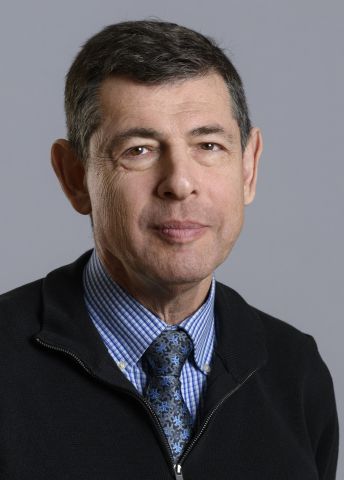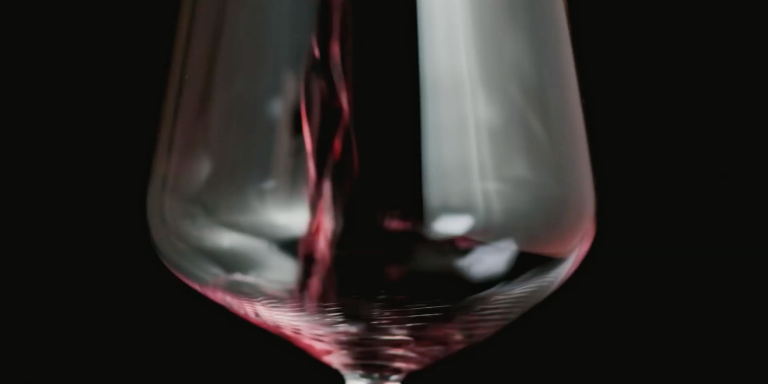
Markus Heilig
Professor of Psychiatry
Wallenberg Clinical Scholar 2019
Institution:
Linköping University
Research field:
Treatment of addiction diseases


Wallenberg Clinical Scholar 2019
Institution:
Linköping University
Research field:
Treatment of addiction diseases
Heilig says there is an enormous stigma attached to addictive disorders. Old-fashioned misconceptions live on, and people continue to view addiction as simply a result of character defects, despite research findings to the contrary.
“We need to get people to understand something: We all have in common the basic biological mechanisms that drugs and alcohol tap into to make people addicted. Only then will more people understand and accept that addiction is a disease,” Heilig says.
Addiction research has faced considerable challenges in the past decade. Progress in basic neuroscience of addiction has been impressive, but has to date not resulted in better clinical treatments. Heilig’s lab hopes to break through this barrier by taking a step back, and questioning commonly used animal models of addiction.
“We used these models just like everyone else. But candidate drugs based on those models failed in clinical development. So my research team and I decided to go back to the drawing board, and see if we could figure out what we had been missing,” he explains.
We have known for decades that alcohol and other addictive drugs are able to activate brain reward systems. Yet most users don’t become addiction. The question was, what biological factors cause some people to choose alcohol at the expense of natural rewards, or continue to use alcohol despite negative consequences, while the majority does not?
His research team used animal models to demonstrate how the majority of rats stopped taking alcohol when alternative rewards were available. But they also noted that a minority of rats chose alcohol even when a valuable alternative was available. And these rats also chose alcohol when this had negative consequences in the form of electric shocks.
The next step was to search for gene expression differences between the majority that didn’t care much for alcohol and the minority that did. The researchers analyzed a number of brain centers thought to be important for addiction, but only found clear differences in one of them - the central amygdala. This area of the brain is believed to play a key role in stress- and fear-reaction, including the emotional states that these involve.
One gene in particular was expressed at lower levels in the amygdala of the animals choosing alcohol as a reward. That gene produces a protein that eliminates one of the main neurotransmitters, GABA, from the synapse. So when the levels of this protein are low, high levels of GABA accumulate in the synapse. When the researchers inactivated the gene in rats that had previously chosen a sweet solution over alcohol, they too got elevated GABA levels in central amygdala. And they chose alcohol over the sweet solution.
These findings were published in Science in 2018. In this report, Heilig’s team was also able to demonstrate a similar difference in gene expression in humans, by analyzing postmortem brains from people with and without alcohol addiction in their lifetime.
Heilig hopes that these insights can help develop new, effective medications. But the researchers will not be moving straight to major clinical trials; they will once again take a step back, and use laboratory experiments in people to establish that their rat findings hold up.
The Wallenberg Clinical Scholar grant enables them to carry out the experiments, and collaborations with pharmaceutical companies give them access to molecules that target the mechanism Heilig’s group has identified as crucial for alcohol-related behaviors. At least two companies have developed molecules in this class. Human experiments are now under way to find out whether any of these can affect function in the human amygdala.
“Drug development is a field with an extremely high risk of failure. Laboratory experiments in people can give us insights that help justify the huge investment involved in conducting full-scale clinical trials,” says Heilig.
In addition to behavior, functional magnetic resonance imaging (fMRI) is one of the methods used in the experiments to study brain activity in the subjects. If the molecule is found to influence behavior and amygdala function in humans the same way it does in the rat model, it will be time to take the step toward clinical development.
The Heilig group has used a similar approach in a parallel project, hoping to help develop a medication for post-traumatic stress disorder (PTSD). Based on research by an exceptionally talented post-doc in the Heilig lab, Dr. Leah Mayo, a phase-two study is currently being conducted in collaboration between Heilig, Mayo and Janssen Pharmaceuticals.
“Our job in academia is to identify disease mechanisms and find biomarkers. After that, we need to partner with the pharmaceutical industry, who can move medication candidates all the way through a clinical development program. That part is not really something the academic world is well-suited for,” Heilig explains.
“In the majority of cases high-risk research of the kind we are doing is unsuccessful. But when it does succeed, great progress is made. The Wallenberg Clinical Scholar grant gives us the sort of free rein needed to achieve success.”
When Heilig was recruited to Linköping University in 2015, he headed up a major research program at the US National Institutes of Health (NIH). He had become internationally renowned for advances in the field of alcohol addiction, but the doctor in him missed working with patients.
“To put it simply – I longed to having real clinical work as a part of my life. When I was given the opportunity to start afresh in Linköping, with ample research freedom, combined with clinical work, it wasn’t hard to say yes,” he says.
In his clinical work, he meets patients suffering from drug and alcohol addiction. This is what inspires and drives him in his research.
Text Magnus Trogen Pahlén
Translation Maxwell Arding
Photo Anna Nilsen, Peter Holgersson, Mikael Sjöberg